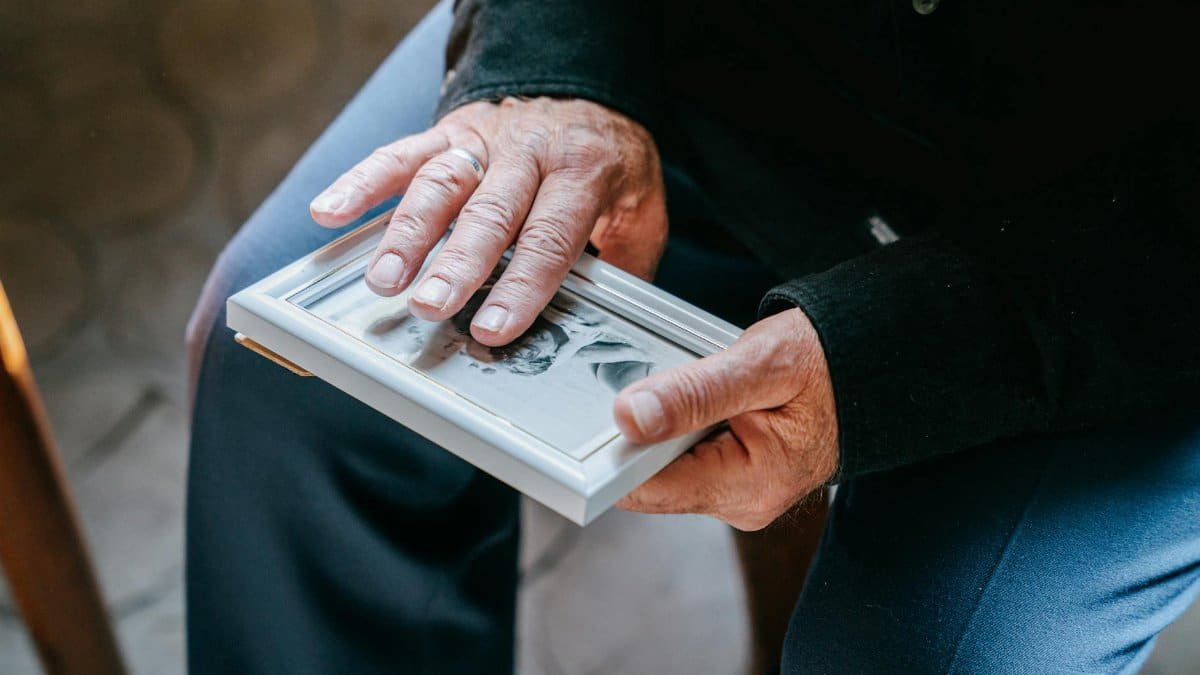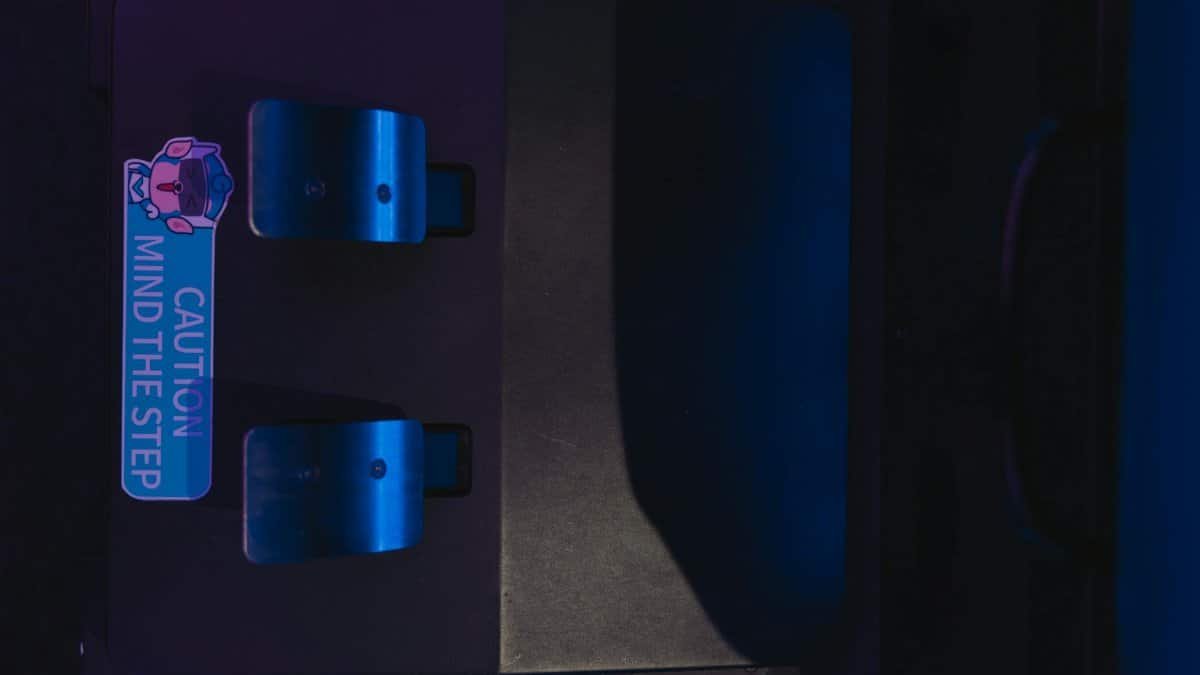Imagine a quiet morning, the kind where the world seems to pause just long enough for you to catch your breath. Sunlight filters through a window as a small group gathers, not for a meeting or a workout, but for something more intentional: a moment to realign. This is the essence of a Sunday monastic reset, a practice inspired by the deliberate, reflective rhythms of monastic life. In a culture that often glorifies hustle, this ritual offers a counterpoint—a chance to step back, refocus, and prepare for the week ahead with clarity. For many Americans, especially in 2025, as stress levels continue to climb, such a reset isn’t just a luxury; it’s a necessity. This six-step ritual, drawn from ancient traditions yet adapted for modern life, provides a framework to reclaim Sundays as a day of purpose, not just rest.
Step 1: Begin with Stillness

The first step in a Sunday monastic reset isn’t about action—it’s about stopping. Monastic orders, from Benedictine monks to Buddhist practitioners, often start their days with silence, a practice that grounds them before the demands of life take hold. For the modern person, this might mean sitting for 10 minutes in a quiet corner of the house, no phone in hand, no podcast in ear. It’s harder than it sounds. A 2014 study from the University of Virginia found that many people struggle to sit alone with their thoughts, often preferring distractions—even mild electric shocks—over silence ( University of Virginia Newsroom ). Yet, this stillness sets the tone. It’s a deliberate choice to let the noise of the week fade, creating space for what matters.
Try focusing on breath or simply noticing the room around you—the creak of a floorboard, the warmth of a mug. One person, reflecting on their early attempts at this step, admitted it felt awkward at first. “I kept checking the clock,” they shared, “but after a few Sundays, I started to crave that quiet.” This isn’t about perfection; it’s about showing up.
Step 2: Reflect on the Past Week

Monks often engage in a form of examen, a structured reflection on their actions and intentions. Step two borrows this idea, asking you to look back on the past seven days with honesty. Grab a notebook or just think through key moments: What went well? Where did stress or distraction creep in? This isn’t about judgment but awareness. A 2020 report from the American Psychological Association highlighted that chronic stress affects over 60% of adults, often because unexamined patterns go unchecked ( APA Stress in America Report ).
Consider a specific example: maybe last week, a rushed morning spiraled into a day of missed deadlines. Noting this helps identify triggers. The goal is clarity, not a solution just yet. This step, done on a Sunday, acts like a gentle audit, preparing you to move forward without the baggage of unresolved tension.
Step 3: Set Intentions for the Week Ahead

With reflection complete, turn your gaze forward. Monastic life thrives on intentionality—every task, from prayer to manual labor, carries purpose. In a Sunday monastic reset, this translates to setting a few clear intentions for the coming week. These aren’t to-do lists but guiding principles. Perhaps it’s “approach challenges with patience” or “prioritize family time.” Research from Harvard Business School suggests that setting specific intentions can boost follow-through by up to 30% compared to vague goals ( Harvard Business School Research ).
Write these intentions down or speak them aloud if that feels right. Picture a parent, overwhelmed by work, deciding their focus will be “presence over productivity.” That single shift can reframe a hectic Monday. This step anchors the reset, turning Sunday into a bridge between past lessons and future action.
Step 4: Simplify Your Space

Monasteries are often sparse, not for aesthetic reasons but to minimize distraction. Step four of the Sunday monastic reset applies this principle to your environment. Spend 20-30 minutes tidying a key space—your desk, kitchen, or bedroom. The act isn’t just practical; it’s symbolic. A 2019 study by the National Institute of Mental Health linked cluttered environments to higher cortisol levels, a marker of stress ( NIMH Science News ).
Think of it as clearing mental clutter too. One online account described this step as transformative: someone shared how decluttering their workspace on Sundays made Mondays feel less daunting, almost like a fresh start. Focus on small, manageable areas rather than overhauling everything. The goal is calm, not perfection. A tidy space mirrors the inner order this ritual seeks to cultivate.
Step 5: Nourish Body and Mind

Monastic traditions often emphasize simple, mindful sustenance—meals are a communal act, not a rushed chore. This step invites you to prepare or enjoy a deliberate meal or moment of nourishment on Sunday. It could be cooking a hearty breakfast, sipping tea slowly, or even reading a thoughtful passage. The point is presence. Data from the Centers for Disease Control and Prevention shows that mindful eating practices can reduce stress-related overeating, a common issue for many ( CDC Healthy Weight Guidelines ).
Picture a family sitting together, phones away, sharing a quiet lunch. Or someone alone, savoring the warmth of soup while reflecting on a poem. This isn’t about elaborate feasts but about feeding more than just hunger. It’s a reminder that Sundays can nourish in ways a typical grab-and-go week cannot.
Step 6: Close with Gratitude

The final step draws from a near-universal monastic practice: giving thanks. Whether through prayer, meditation, or journaling, monks often end their days acknowledging what they’re grateful for. In a Sunday monastic reset, this means taking a few minutes to name specifics—perhaps a kind word from a colleague, a moment of laughter, or simply the chance to reset. Studies, like those summarized by the Greater Good Science Center at UC Berkeley, show gratitude practices can measurably improve well-being and reduce anxiety ( Greater Good Science Center ).
This isn’t a vague “be thankful” exercise. Be precise. One person might note the neighbor who waved hello, a small gesture that lifted their mood. This closing act shifts perspective, framing the week ahead not as a grind but as an opportunity. It seals the ritual, leaving you centered as Sunday fades into Monday.
As the pace of life in 2025 shows no signs of slowing, the Sunday monastic reset stands out as a quiet rebellion against burnout. These six steps—stillness, reflection, intention, simplicity, nourishment, and gratitude—aren’t just a checklist; they’re a rhythm borrowed from centuries of wisdom. They remind us that a single day, handled with care, can recalibrate an entire week. For those juggling careers, families, or personal goals, this ritual offers a way to step off the treadmill, if only for a few hours. It’s not about escaping life but engaging with it more fully. So, as the next Sunday approaches, consider carving out this space. The monks knew something about balance. Maybe we can learn from them too.
